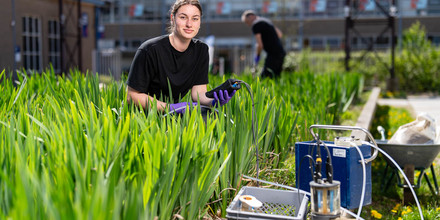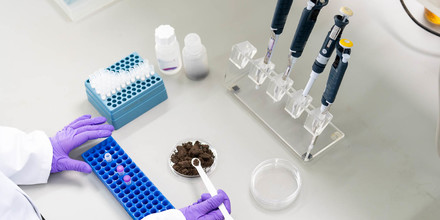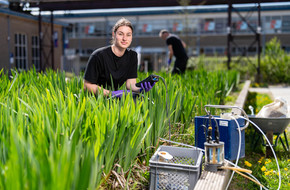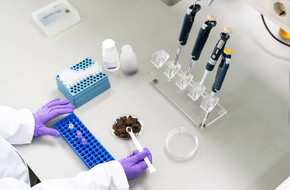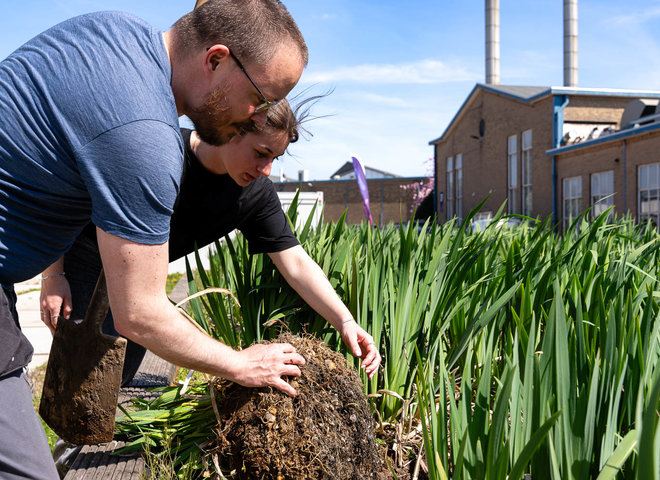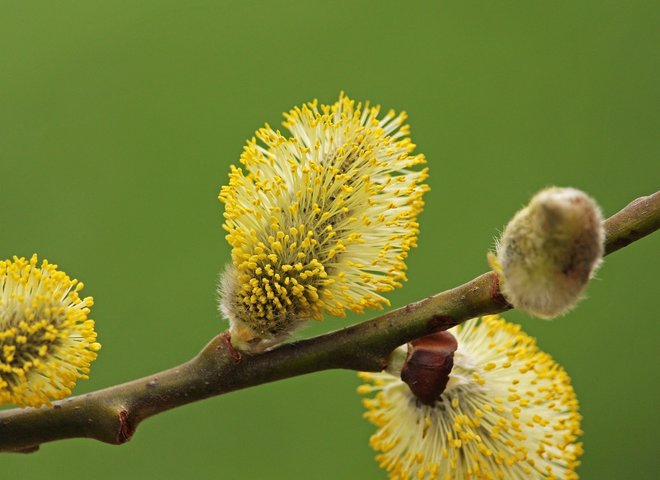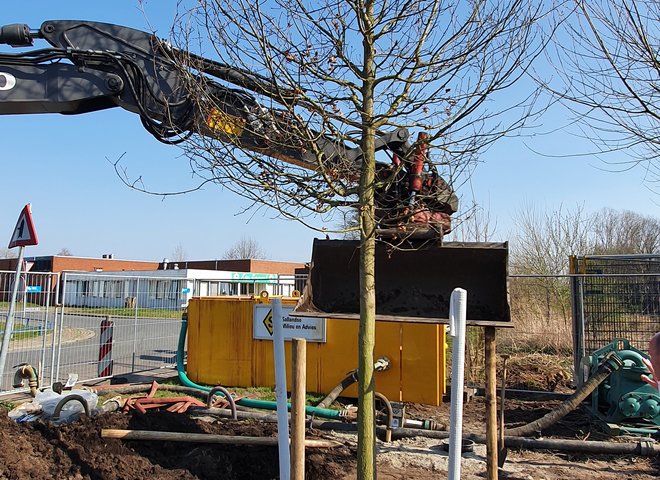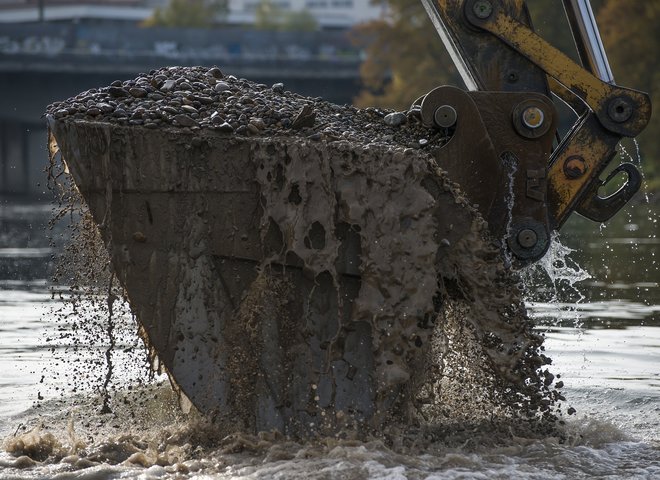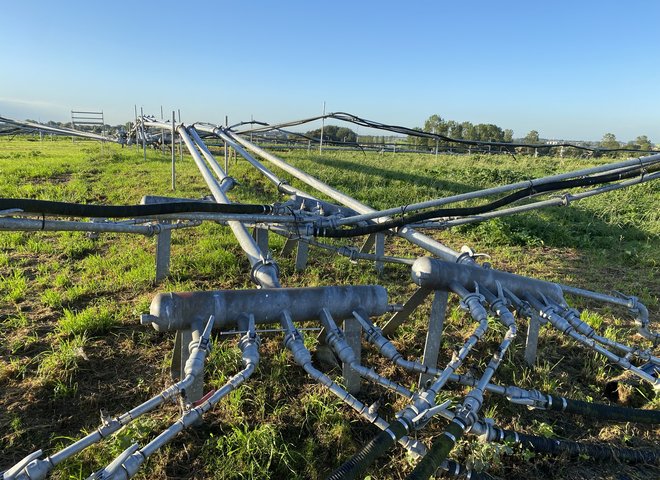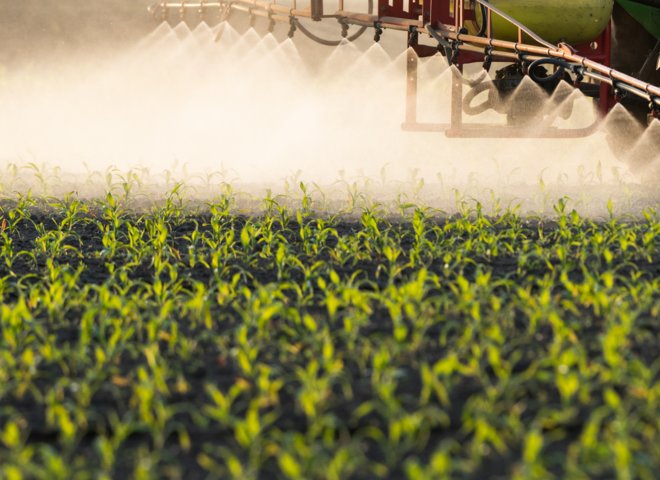From industrial site to recreational area
The contaminated location is an old part of a business area of the former strawboard factory ‘De Eendracht’. The intention is to transform this former industrial site into an attractive area for recreational activities, like hiking and cycling. However, a part of the site (about 3 hectares) is contaminated with heavy metals and is not open to the public. To achieve this willow trees have been planted. The dense cultivation of the trees ensures that people can’t access the area, which prevents direct contact with the contamination.
The beauty of willow trees is that they are capable of accumulating or binding the heavy metals, thereby decreasing the risks and cleaning the soil in a natural way. This method of soil remediation by which plants or trees are used to absorb or break down pollution is called phytoremediation.


